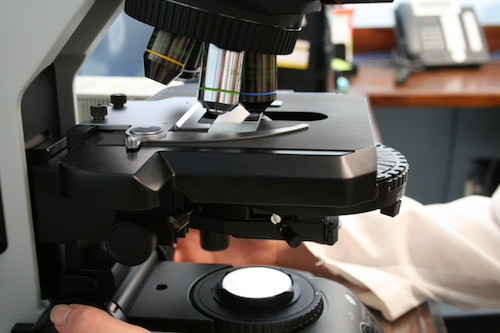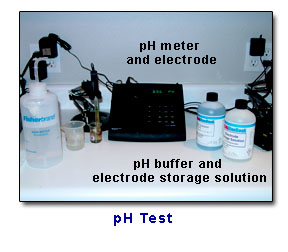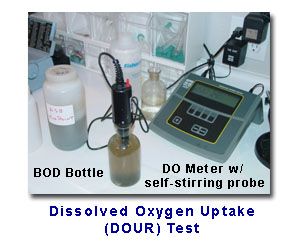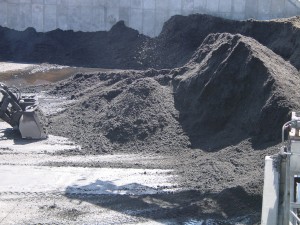
by ebs | Dec 17, 2010 | Wastewater
The purpose of a microscopic evaluation is to determine the biological health of a wastewater treatment system. The results can be used to help predict Biochemical Oxygen Demand (BOD), Chemical Oxygen Demand (COD), TOC, and TSS results or to determine whether or not...

by ebs | Dec 16, 2010 | Testing
The pH of the environment has a profound effect on the rate of microbial growth. pH affects the function of metabolic enzymes. Acidic conditions (low pH) or basic conditions (high pH) alter the structure of the enzyme and stop growth. Most microorganisms do well...

by ebs | Dec 15, 2010 | Chemical Oxygen Demand
Chemical oxygen demand (COD) relies on chemical oxidation with chromic acid (a strong oxidizer). Many organic compounds, including color bodies and fibers, which are not easily biodegradable, along with any inorganic chemicals will show up as chemical oxygen demand...

by ebs | Dec 14, 2010 | Testing
Biological waste treatment in the Aerated Stabilization Basin (ASB) process and in Activated Sludge systems is based on the ability of microorganisms to utilize dissolved oxygen in the process of breaking down the soluble organic substances present in the process...

by ebs | Dec 3, 2010 | Aerated Stabilization Basins
Aerated Stabilization Basin (ASBs) performance can be associated with numerous root causes, both chronic and intermittent. The three main conditions leading to loss of system performance and potential permit violations are discussed below. Temporary upsets due to...






